Photo Post Of The Week
In which we’re still visiting Cornwall
Still August, still beside the seaside.
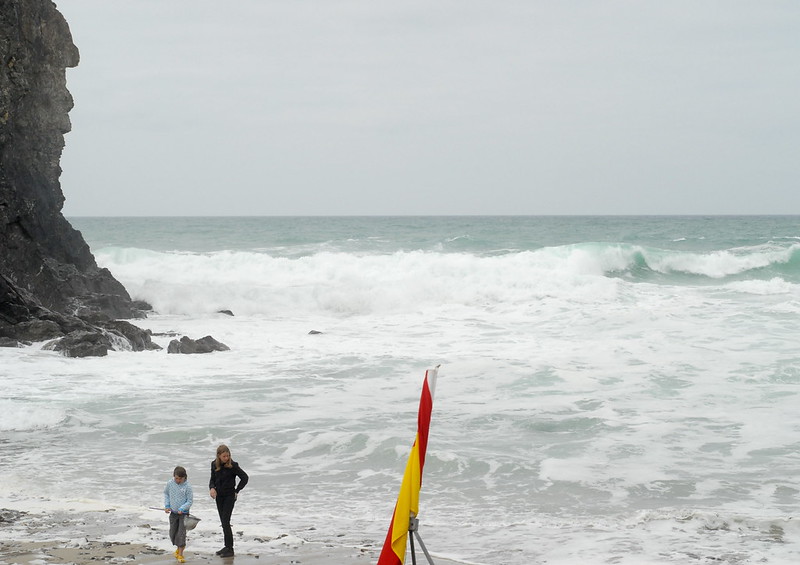
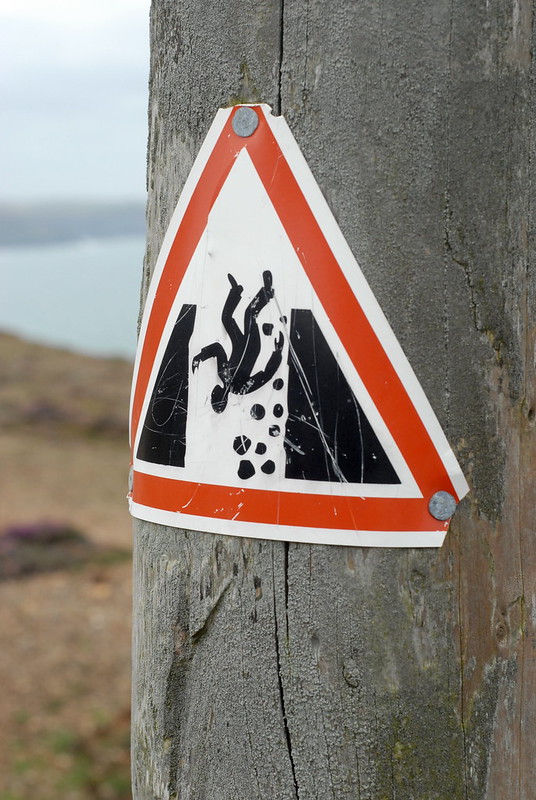
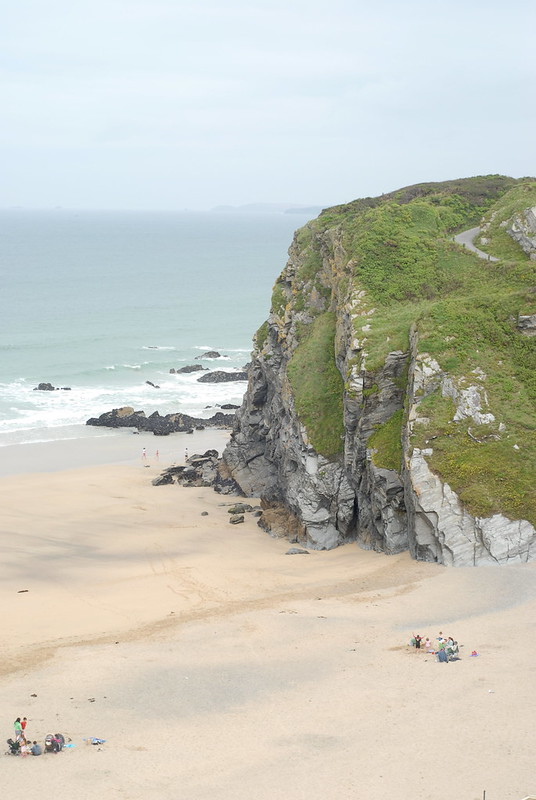
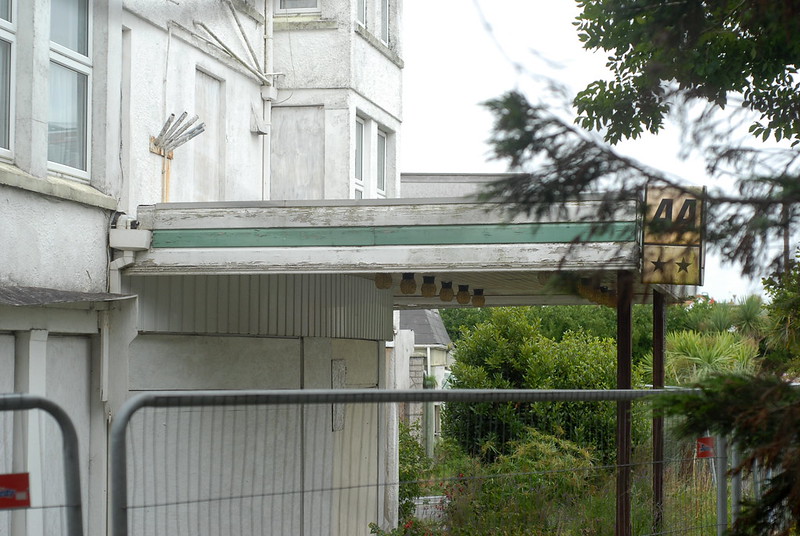
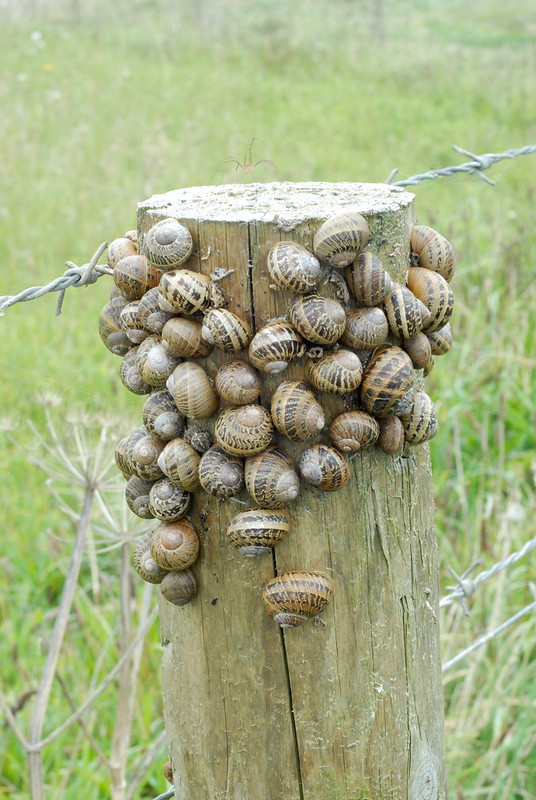
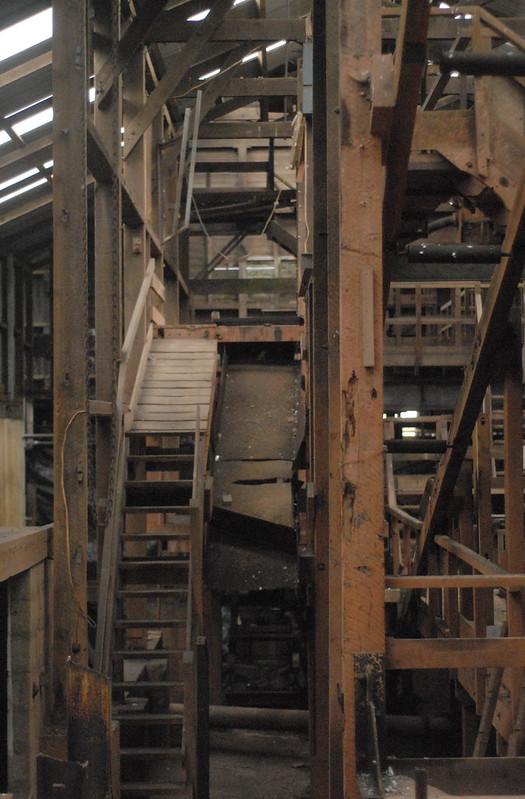

A homage to loading screens.
In which we’re still visiting Cornwall
Still August, still beside the seaside.






In which we visit Cornwall
This week, still from my summer holiday uploads: castles and derelict mineshafts.
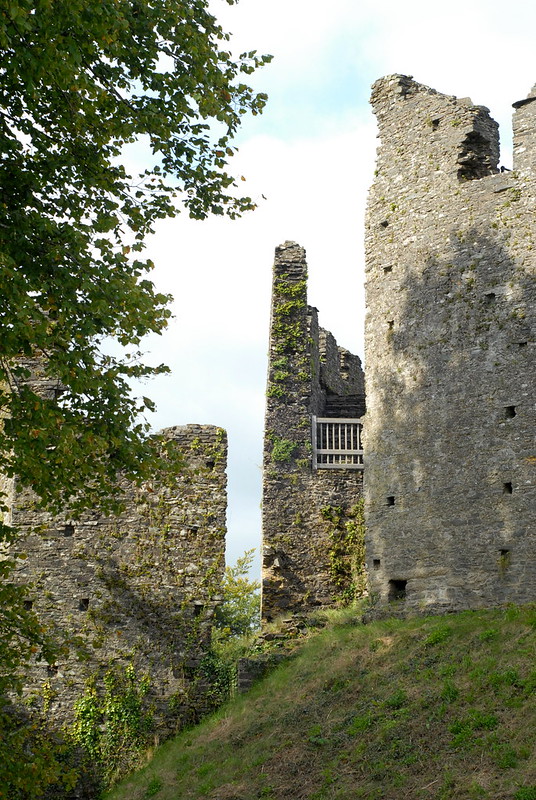
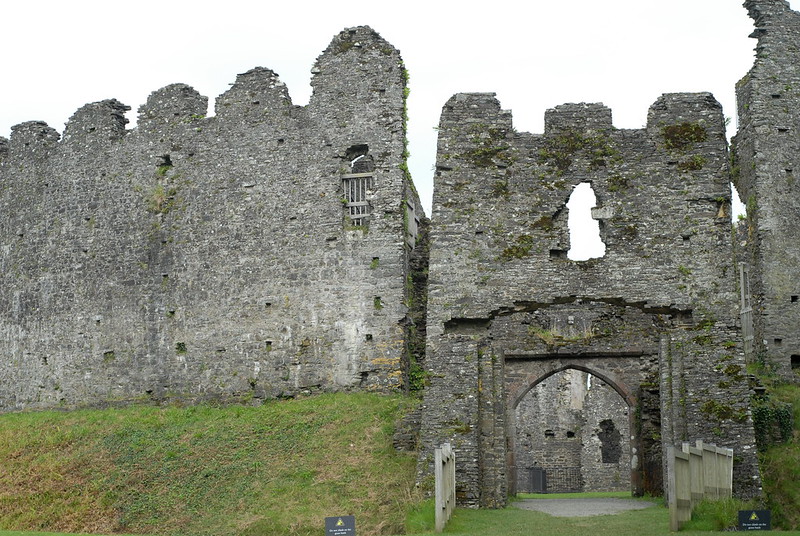

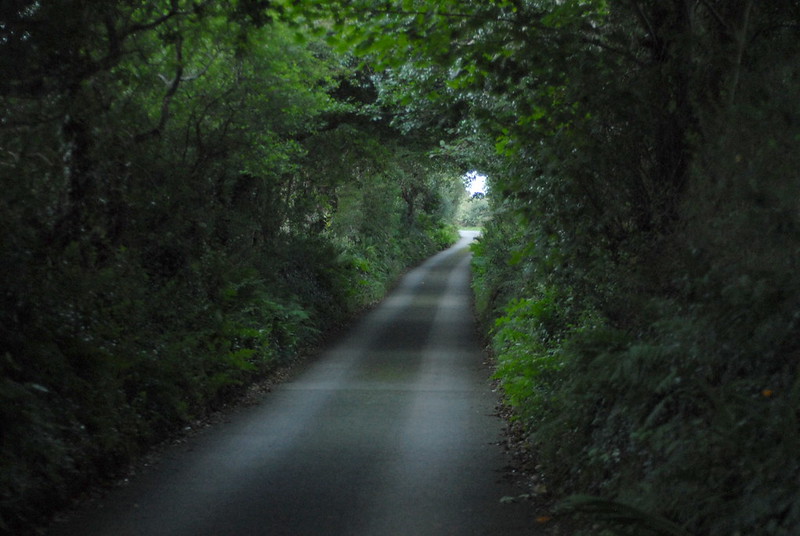
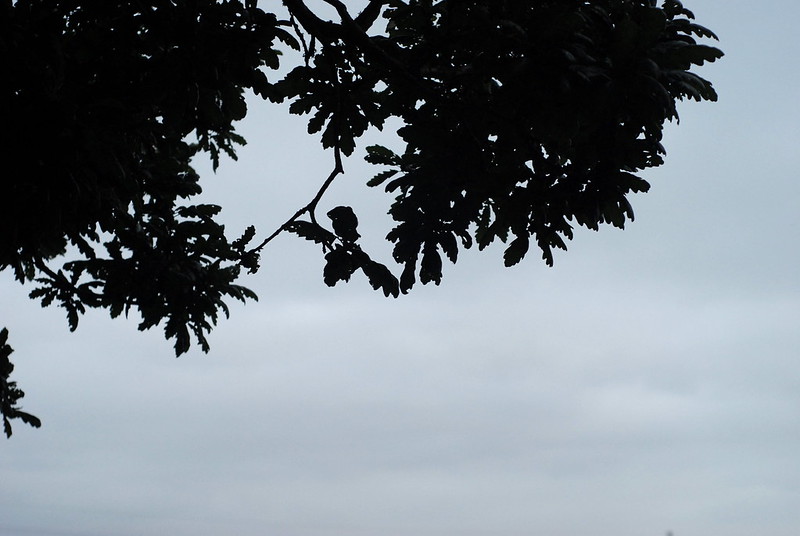
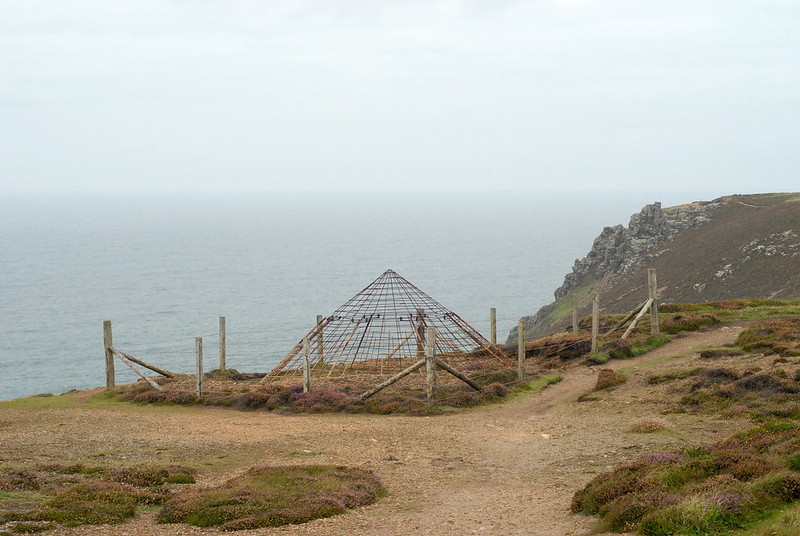

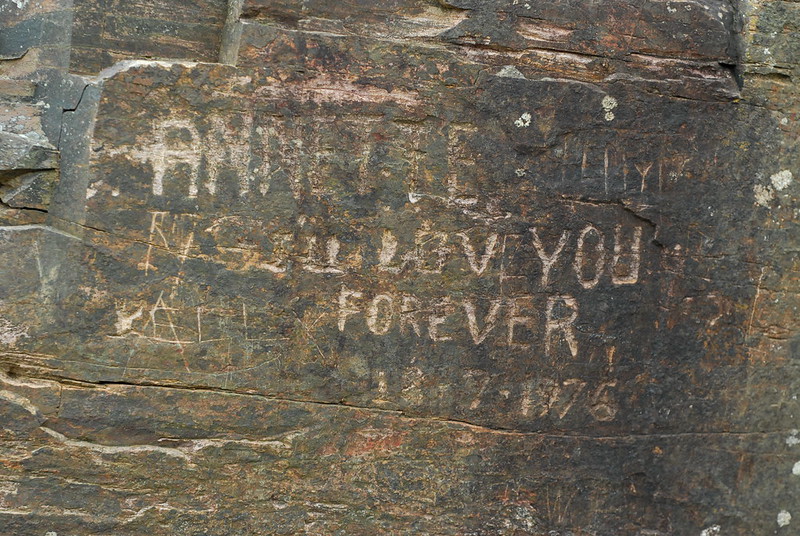
The engine house in the bottom row is the well-known Towanroath engine house near St Agnes. The name probably isn’t that well-known, but as it’s perched halfway up a cliffside over the Atlantic, it’s a stock location for Cornish landscape shoots; so much so that it was on the cover of one of the guide books we took with us.* I remember it appearing in the 1980s children’s horror film Haunters Of The Deep, which starts with two of the characters looking down the grated-over mineshaft next to the engine house and listening to the sound of the sea coming up it.
* the Rough Guide to Devon and Cornwall, 2007 edition.
In which we visit the Bodmin & Wenford Railway
This week: it’s mostly trains
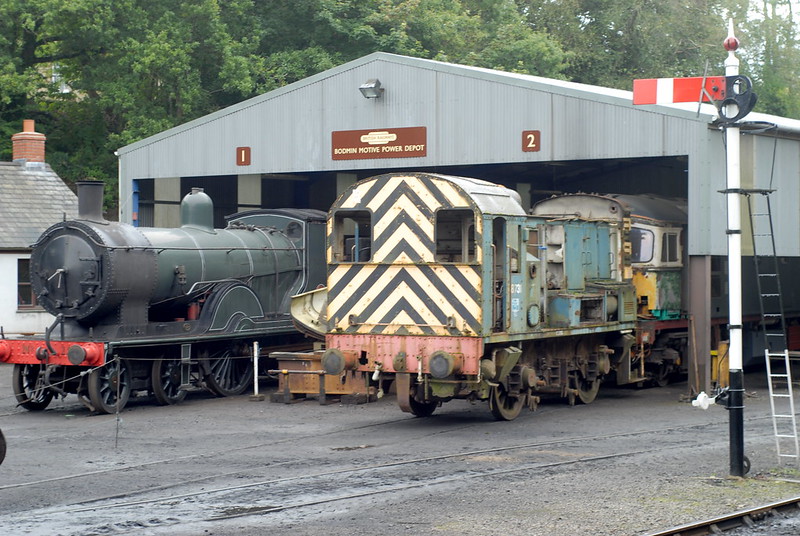
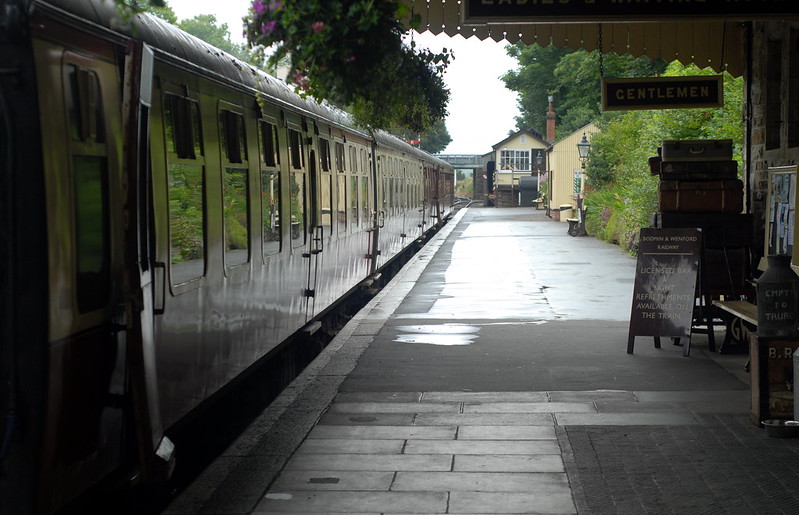
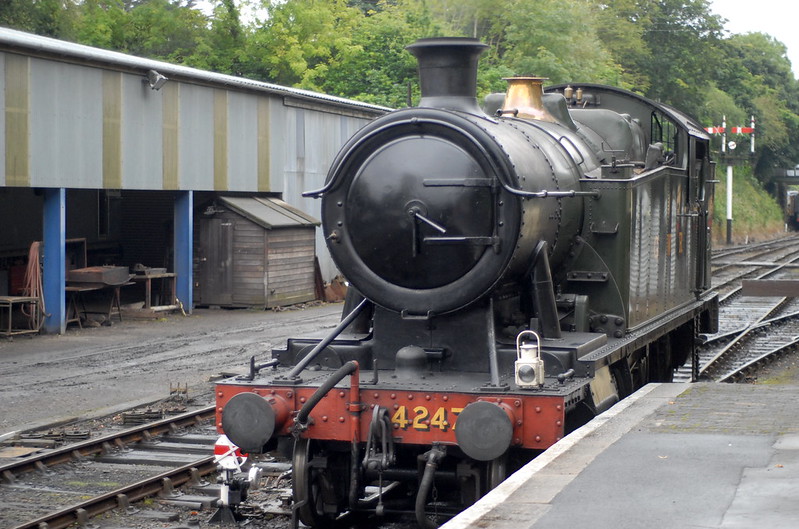
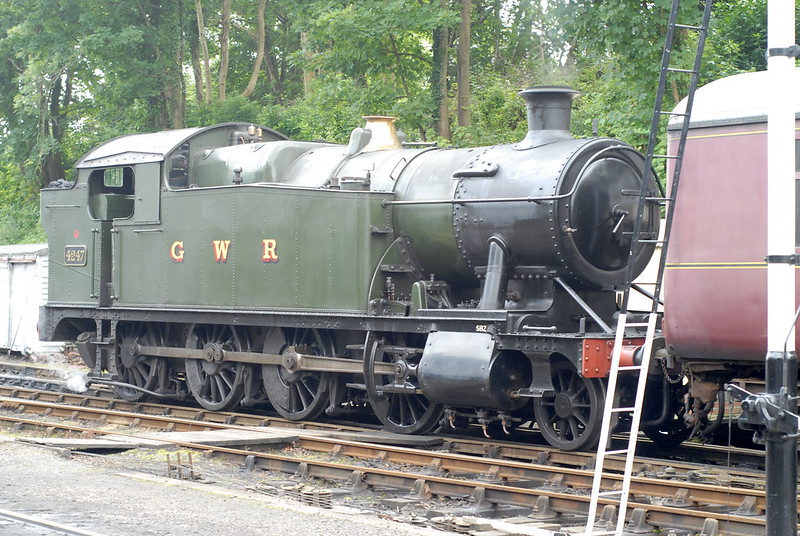
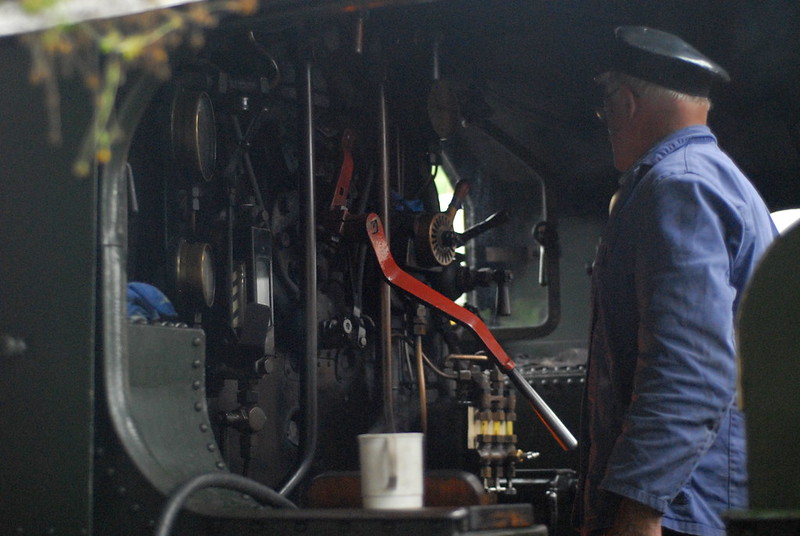
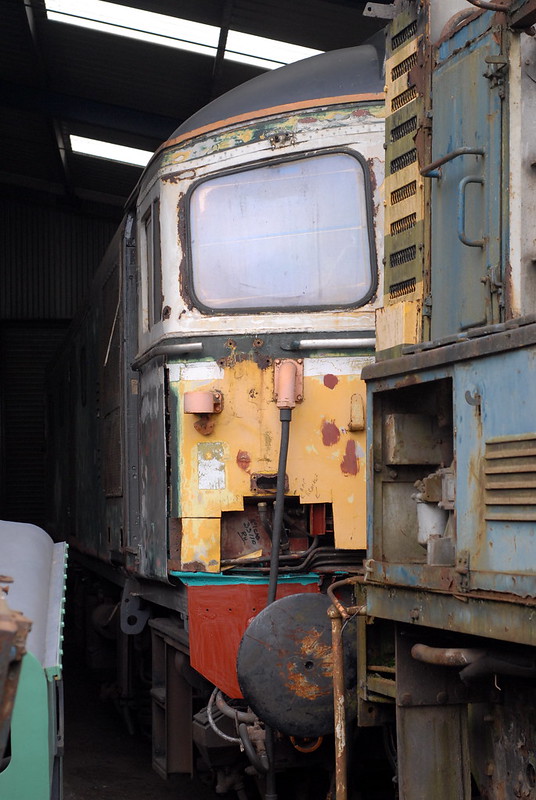
In which it's still summer
As it’s Friday again, some more summer photos.
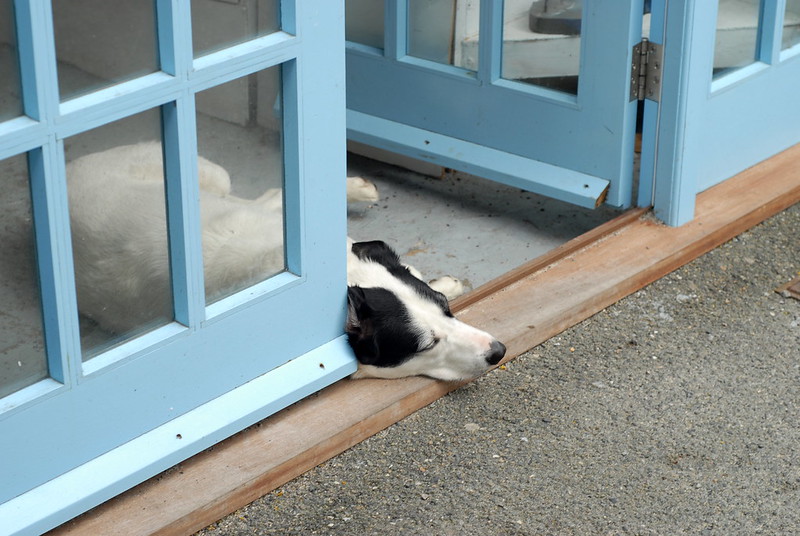
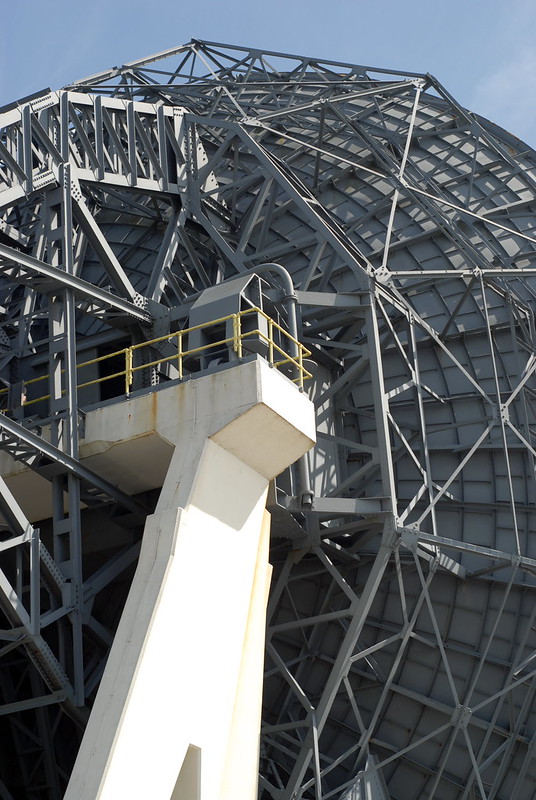

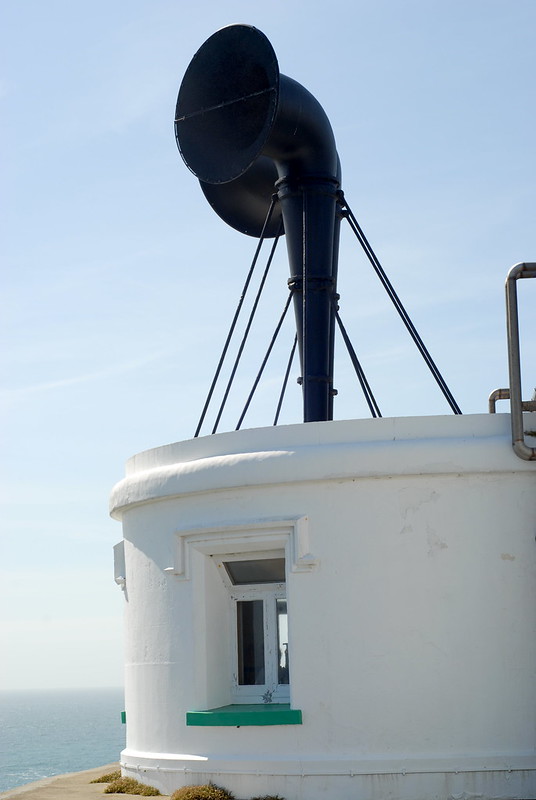
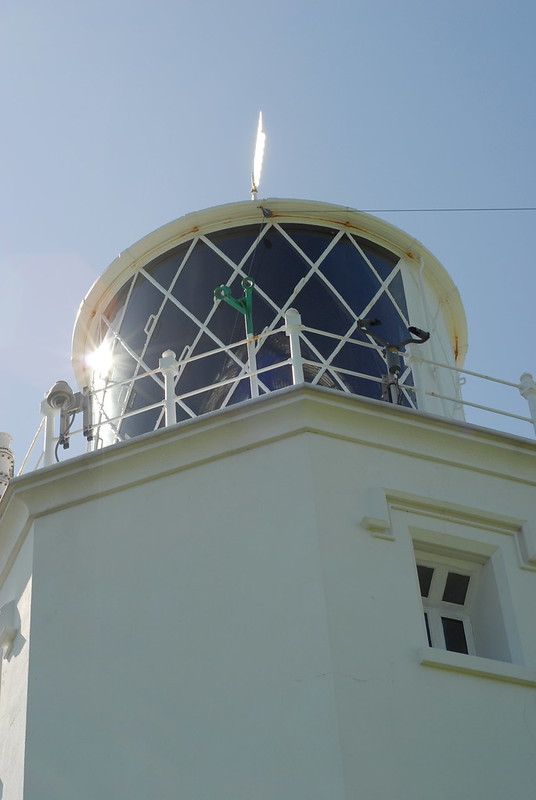
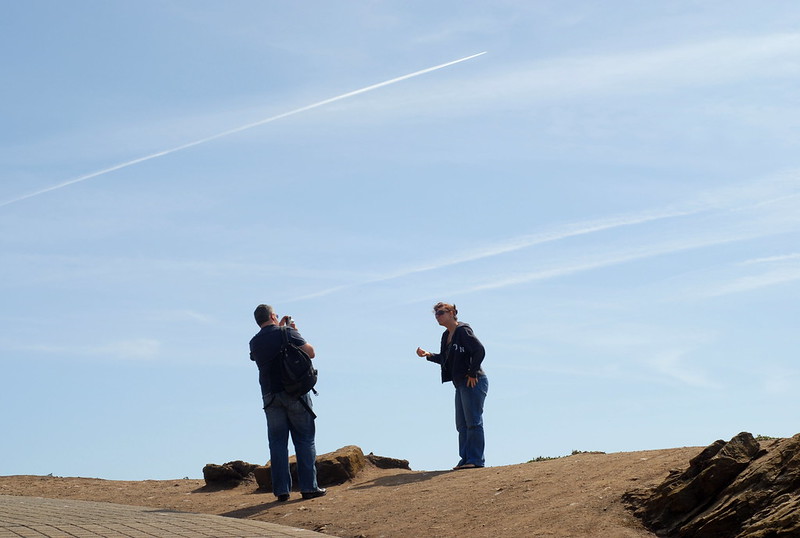
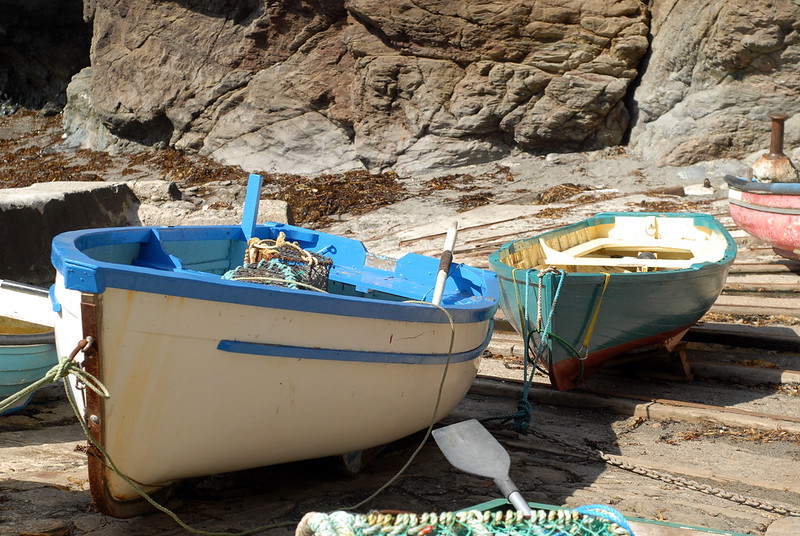
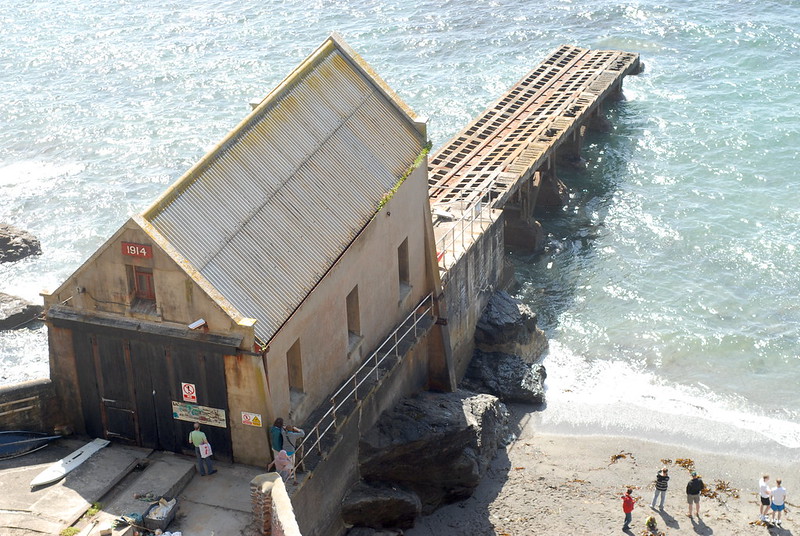
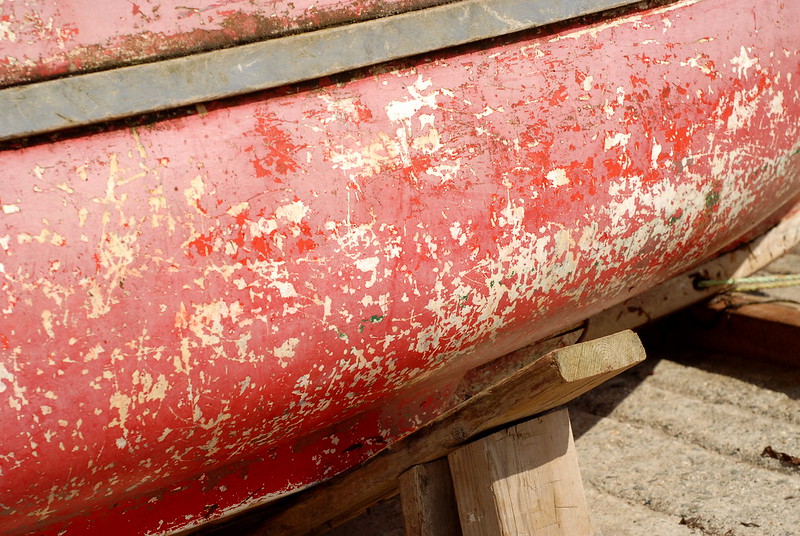
In which we photograph the deep blue sea
I grew up not far from the sea. I didn’t go down to the beach or the seafront very often, but I was close enough that you could see out to sea from the top deck of my school bus. I’ve always felt good by the sea.*
On the other hand, I grew up in an area where the sea is the colour of weak milky tea. So it’s always nice to go somewhere and find that the sea can, actually, sometimes be storybook blue.**
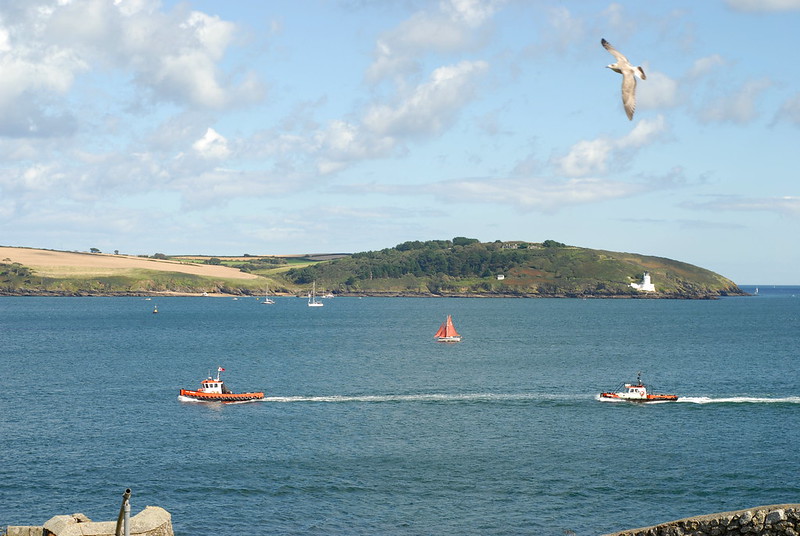
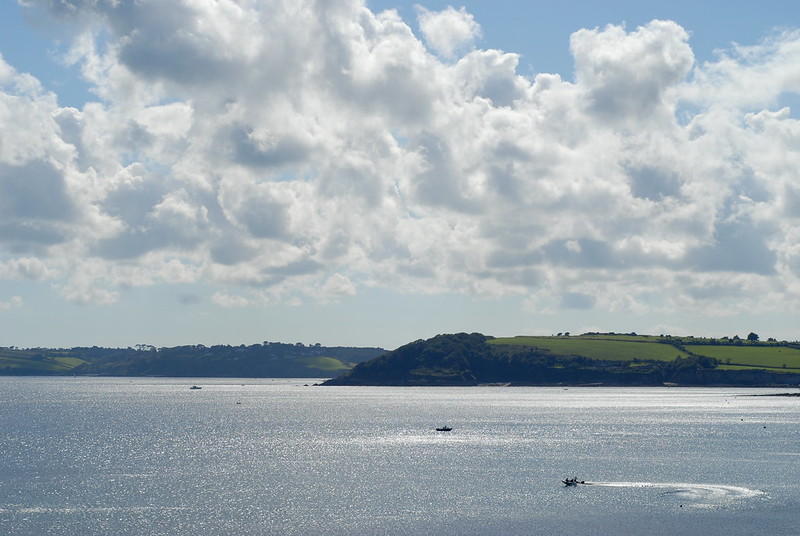
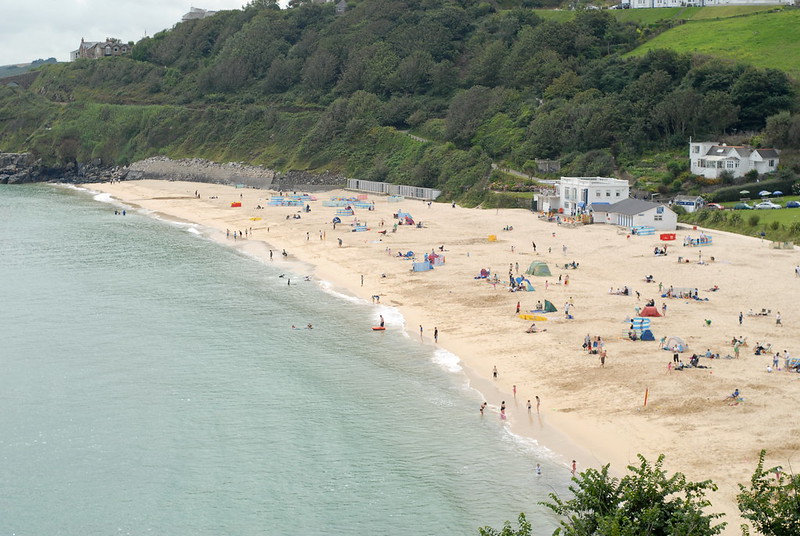
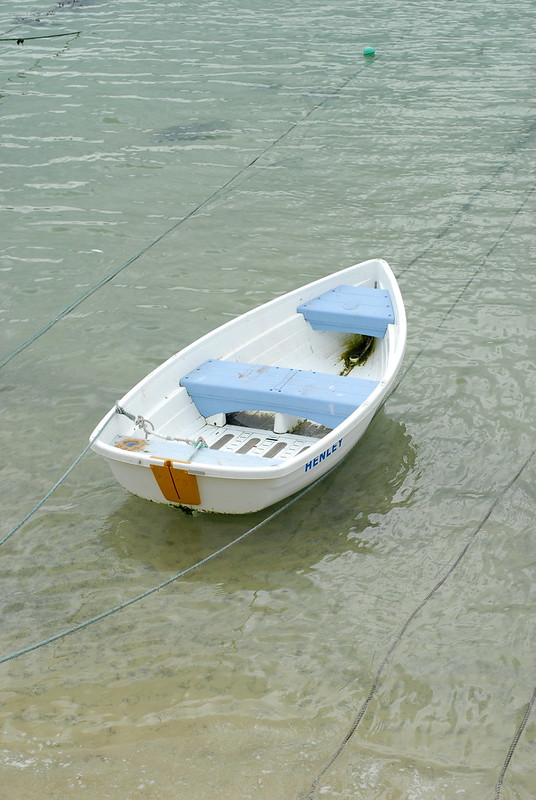

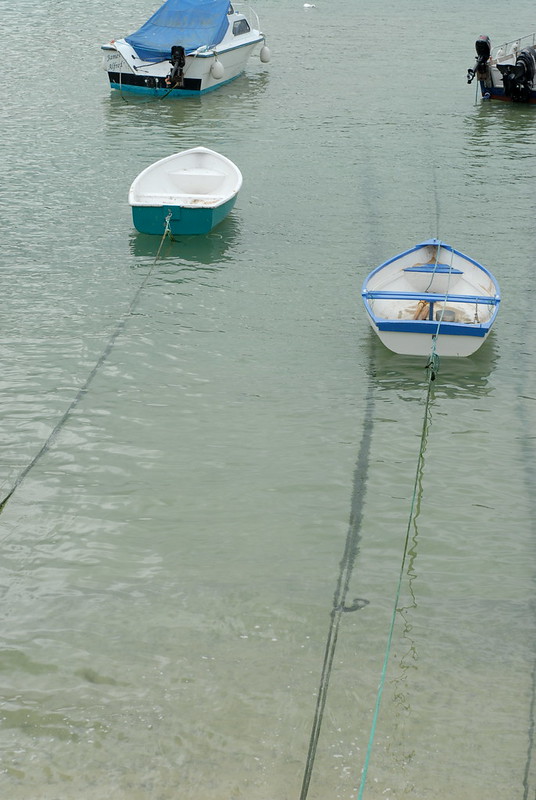
In other sea-related (or, at least, tidal) news: the mystery words on the shore of the Avon, which we spotted last weekend and posted about, have been identified: an artwork to highlight litter in the sea, by an artist called Pete Dolby. Thanks to Liz for writing and letting me know.
* You could argue some sort of genetic memory, because my mum’s family’s descended from a bunch of 19th-century Cornish fishermen (and smugglers, no doubt), from Looe and Polperro. On the other hand, my dad’s family’s from Derby, which is as unmaritime as you can get.
** Pure water is, as a matter of fact, very very slightly a pale blue colour. You can see it, just about, if you run a bathful of water in a white bath. That’s not the main reason the sea can look blue, though. And different cultures have seen it different ways; the Homeric adjective for it is “wine-dark”, and you know how dark Greek wine can be. I’ve heard that the ancient Greeks didn’t quite distinguish between blue and green in the same way as we do; but I don’t know enough Greek to tell you how true that is.
In which we are briefly puzzled by some art
A few weeks ago, exploring the local area, we started walking up the Ashton-Pill path. It runs along the side of the railway up the south bank of the Avon, along the Avon Gorge and under the famous Suspension Bridge, downriver towards Pill.* We walked along it until we got bored and turned around.** En-route, though, we saw something slightly unusual. A big pile of plastic bottles, on the shore, below the path but above the tide line, corralled together.
Presumably, we thought, some sort of anti-littering campaign, fishing non-degradable bottles out of the river or out of the undergrowth. But then, the other day, we were up on the Downs on the far bank, and noticed the bottles—or, what we assume is those bottles—again. They’ve been arranged into words.

We have no idea, though, what it is. An art project? An advertising slogan? An anti-littering project as we originally thought? The internet doesn’t seem to be helping – the only relevant search hit at the moment is, er, that photo. We’re puzzled.
UPDATE:, November 14th 2008: Thank you to a correspondant called Liz – who was also puzzled by it – for letting me know what it is. It is, indeed, an anti-littering art project; there are apparently 1000 plastic bottles washed up on every tide,*** hence the text. It does, though, change regularly, and eventually the artist, whose name is Pete Dolby, is going to make them all into a raft. So now we know.
* as you might expect, given its name
** after all, walking down towards Pill and back another way would have been a very long walk; and any other circular routes would have involved a stiff climb through the woods.
*** in the Avon Gorge, that is. I’m not sure what the number per mile of coastline is.
In which we go to Cornwall
Not only have I been behind on updating this site, I’ve been getting behind on posting photos online. I generally stick to posting 6 to 8 photos per day, partly because uploading them is such a slow and tedious job that I can’t be bothered doing any more. This, however, means that I’m still only at the start of posting photos of our summer camping trip, down to Cornwall. That was: August. It’s now: November. That’s some delay. Here, though, are some examples, of hot, sunny, summer Cornish weather.

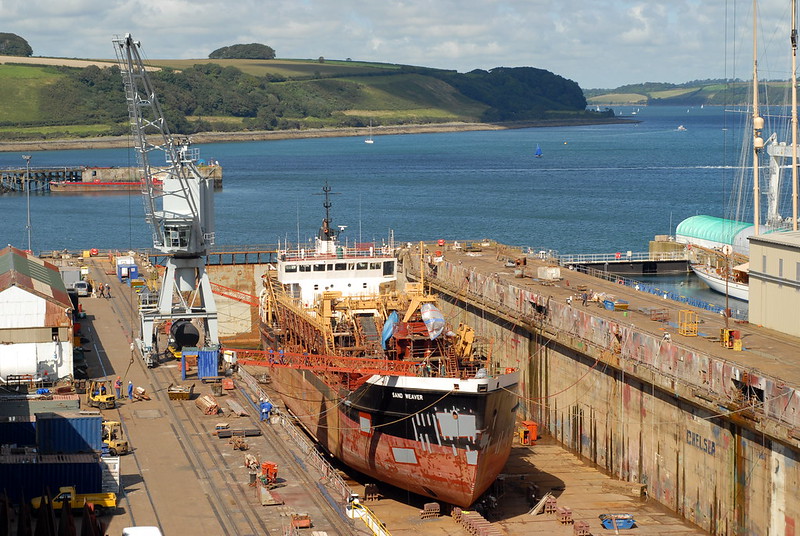
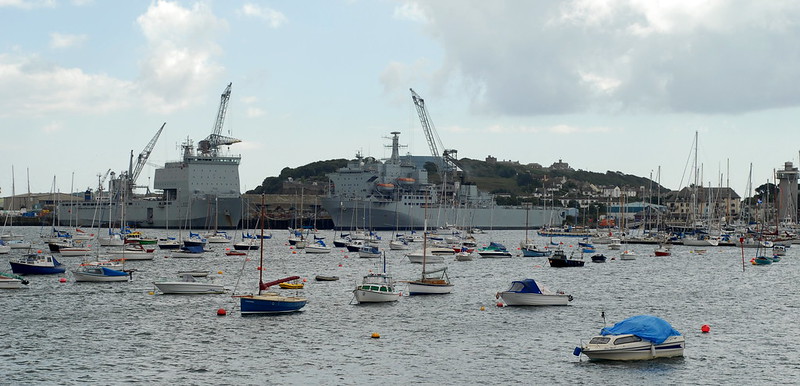
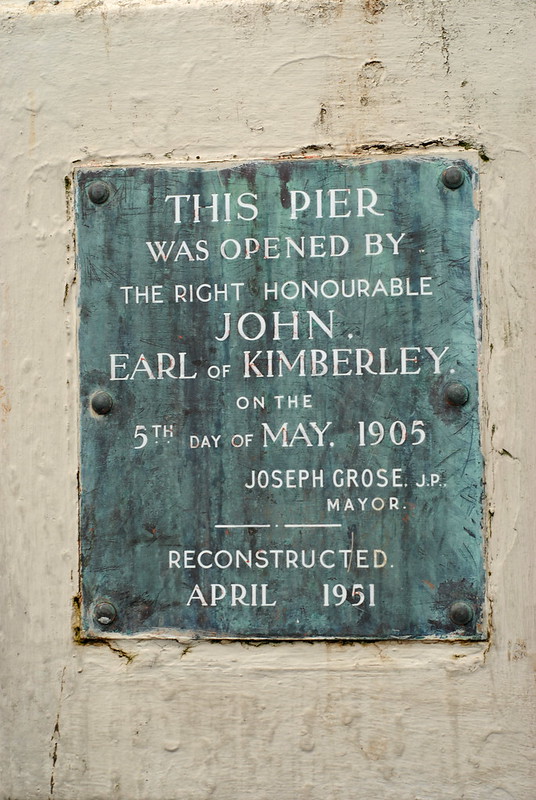
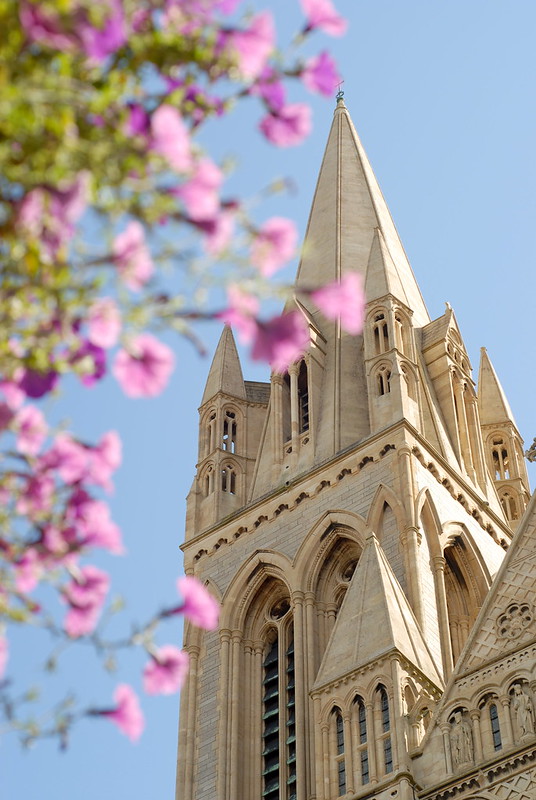
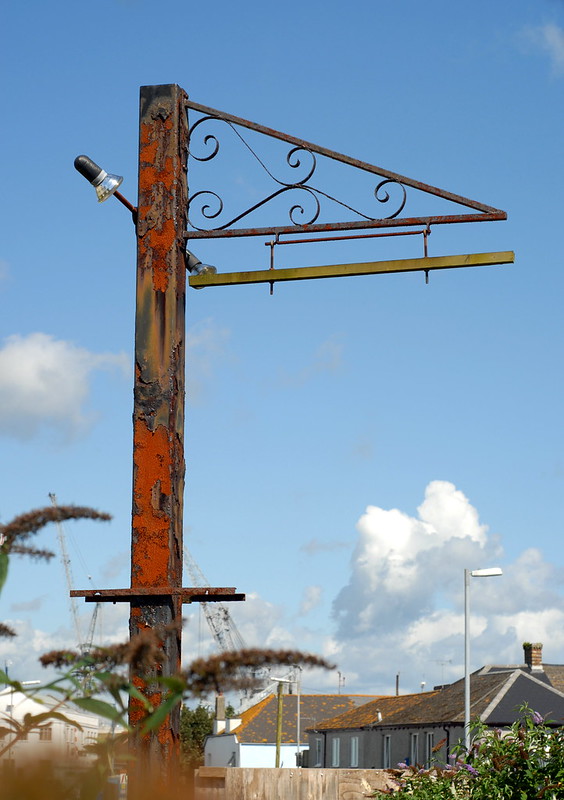
In which we visit Bristol
A fortnight after our holiday, I’ve finally managed to start uploading our holiday photos. We went to Bristol, and photographed outlying parts of the large and rambling railway station.
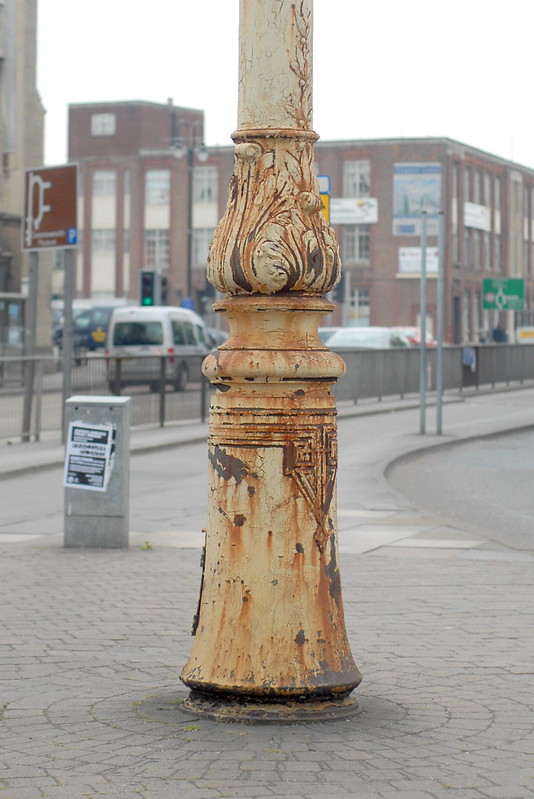
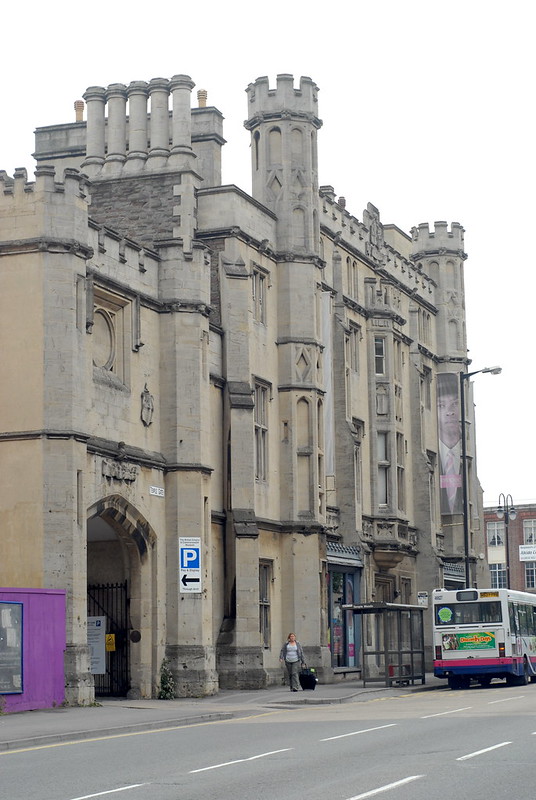
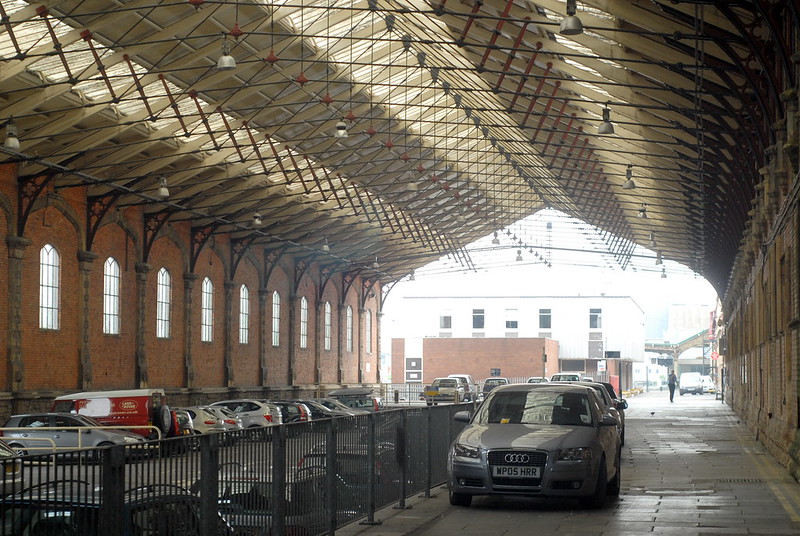
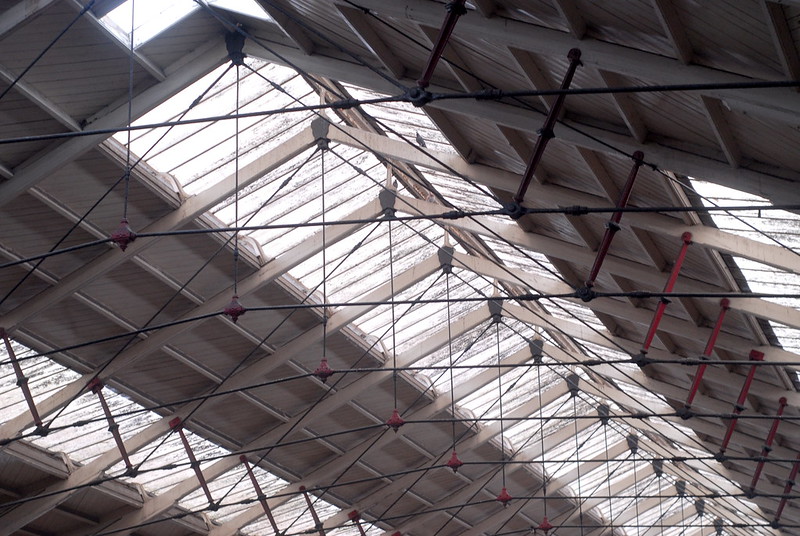
In which we see how popular food is
After posting pictures of the Yorkshire Sculpture Park last week, it got me looking at my Flickr account and wondering what pictures are the most popular. Flickr will, if you like, give you pages of tables and graphs to tell you how many people have been looking at each of your photos,* so I thought I’d see if there’s any general pattens in what sort of photos people like to view at full size.
The results were rather surprising. The least popular photos: pictures of random countryside, close-ups of tree bark, that sort of thing.** More popular than that: trains, with steam trains and “heritage” trains being more popular than normal ones. But, what photos get the most hits, and fastest after they’ve been posted? Food. Pictures of food being cooked or ready to be served. I don’t know what you think, but I wasn’t expecting that. Post a picture of a nice meal being made, and hits come up right away.
Given that: here’s some pictures of a nice meal being made. Pan-fried parmesan-crusted chicken breast, with salad. Very very easy, and delicious.
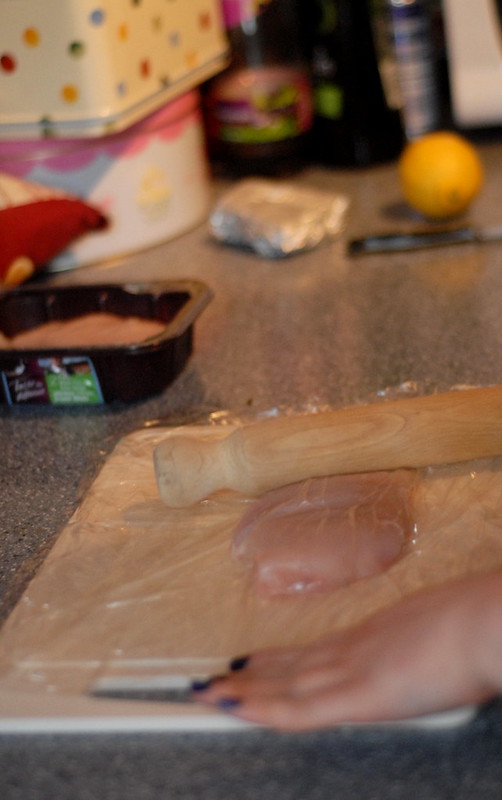
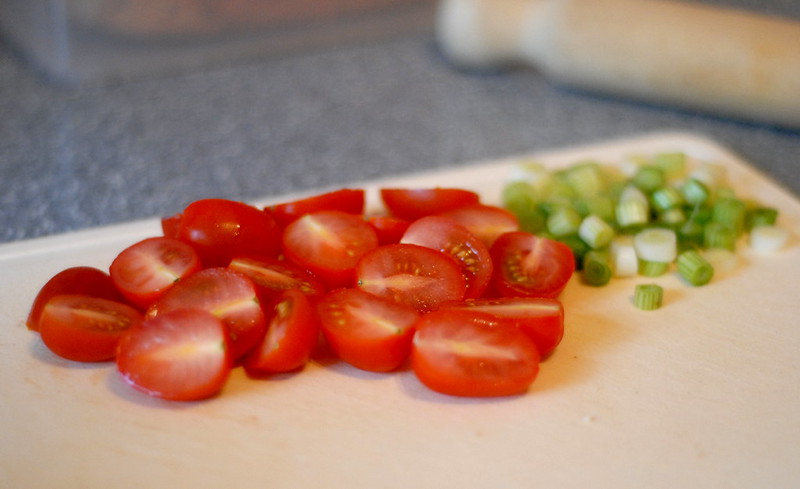
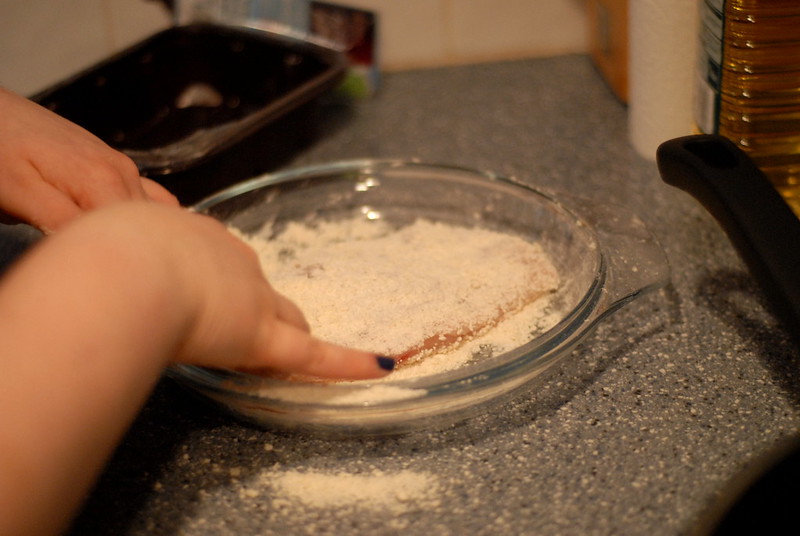
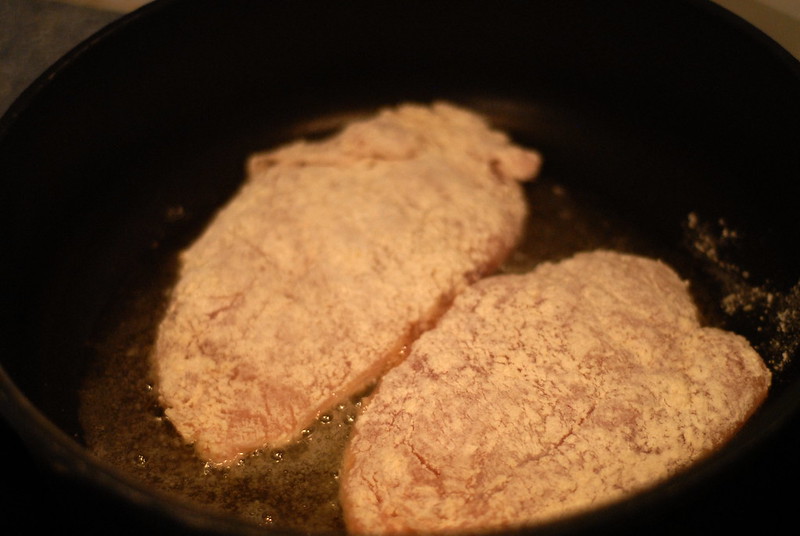
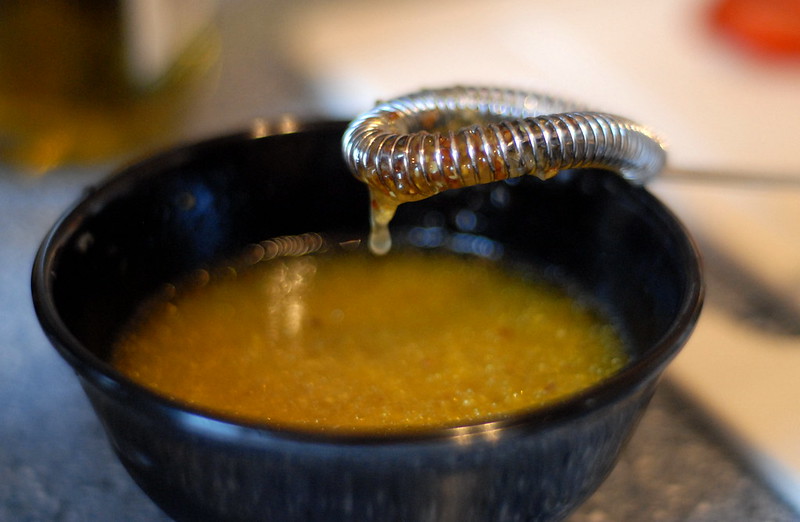
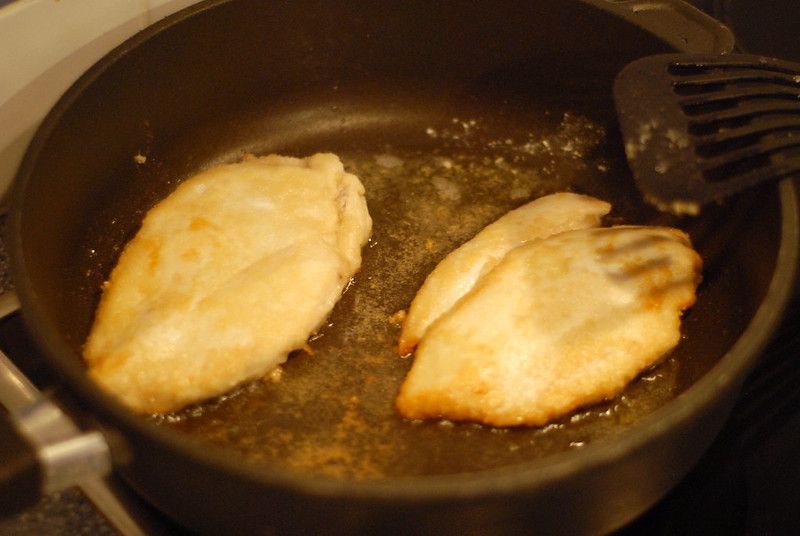
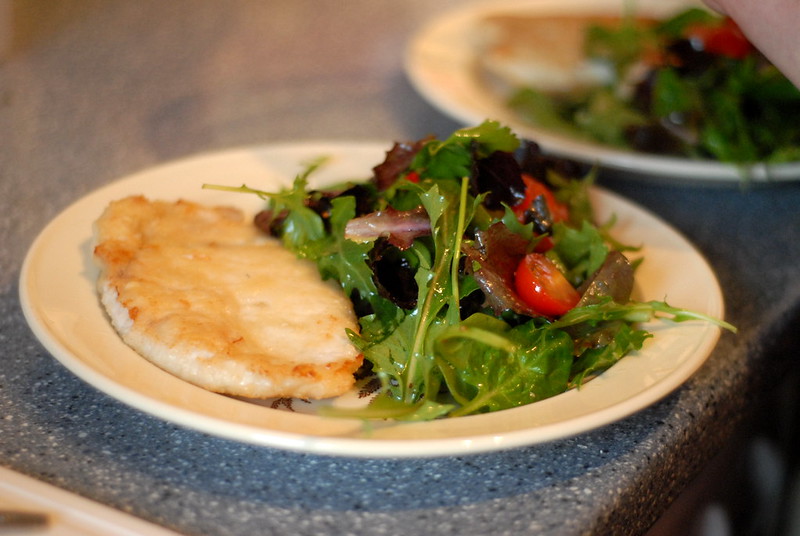
* in my case, the graphs (for individual photos) are generally rather flat with the occasional spike
** That’s not quite true: the very least popular are photos of people at parties. That’s unsurprising, really; photos of people at parties, unless they’re exceptional photos, are usually only likely to attract other people at the same party.
In which we visit the Yorkshire Sculpture Park
A photographic interlude, from a couple of weekends ago.
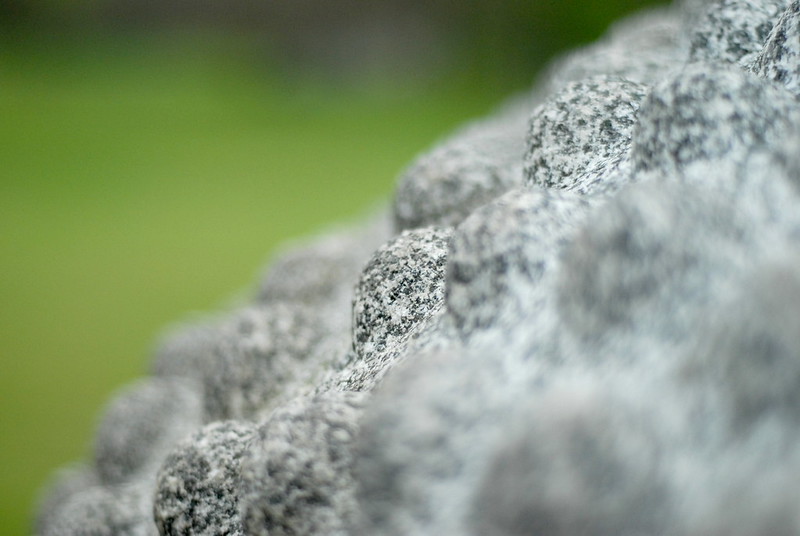
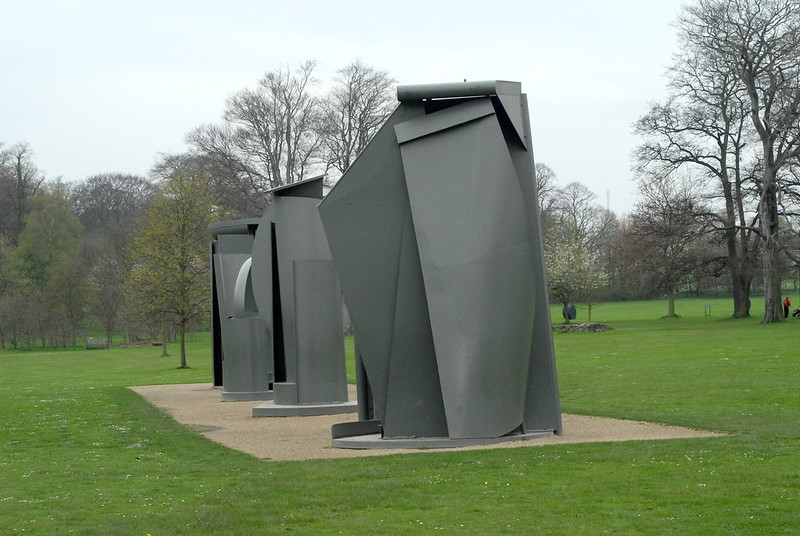
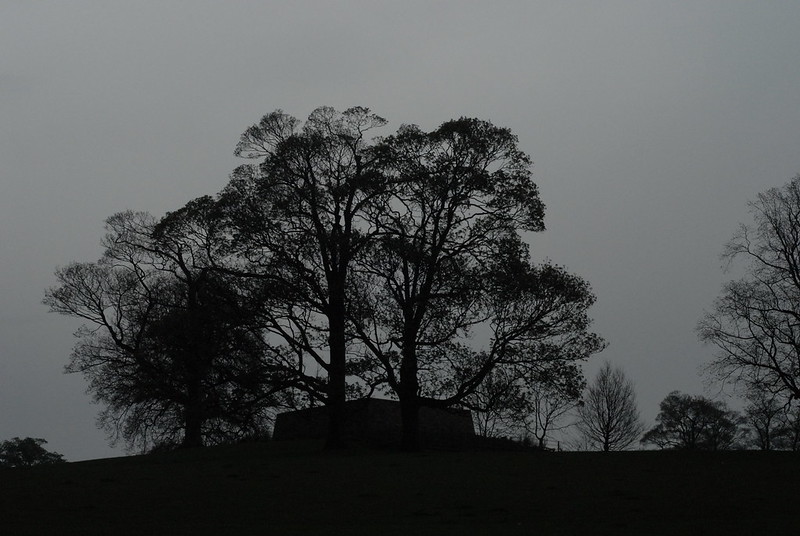
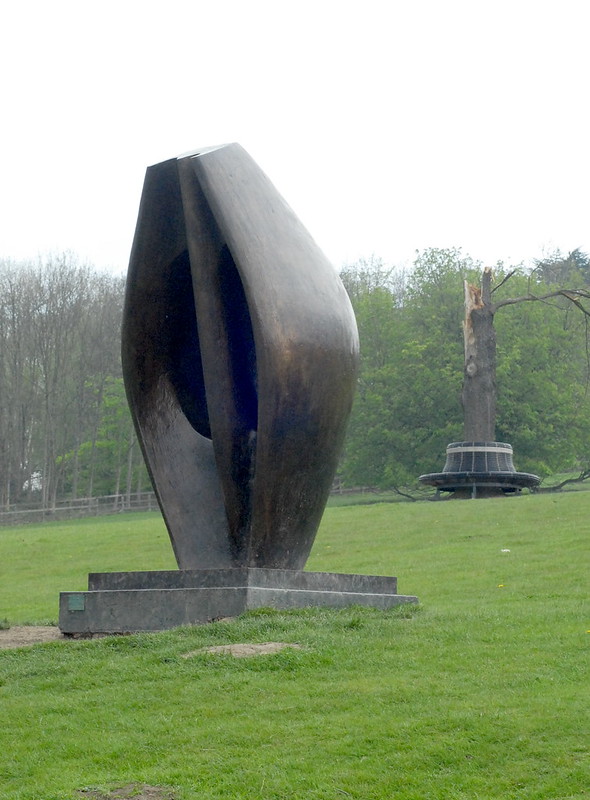
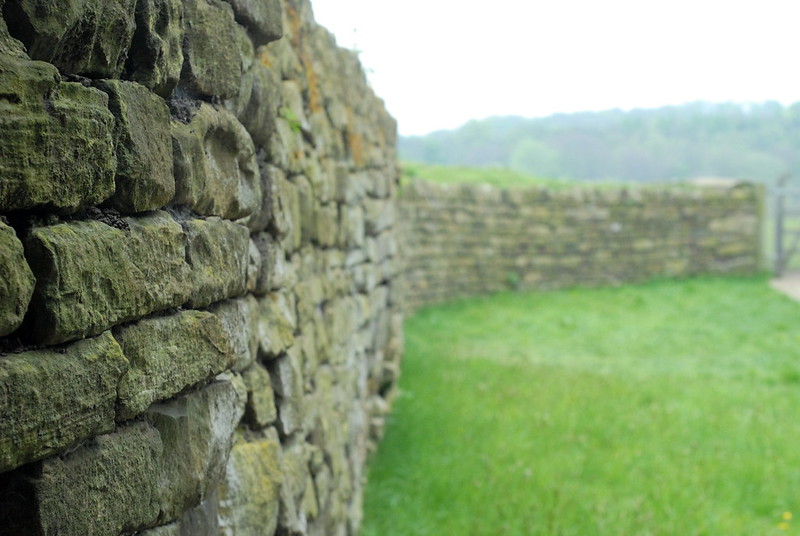
The Yorkshire Sculpture Park is near West Bretton, between Barnsley and Wakefield, and is open year-round.